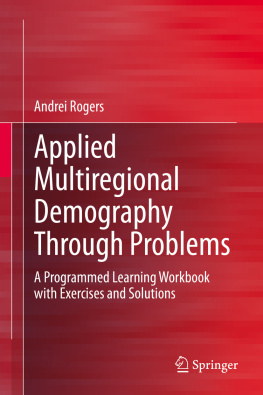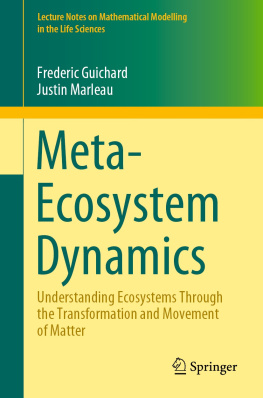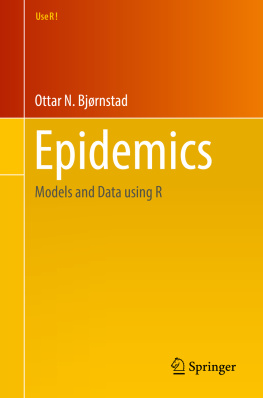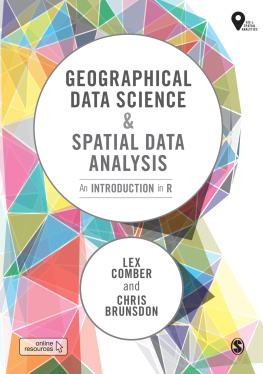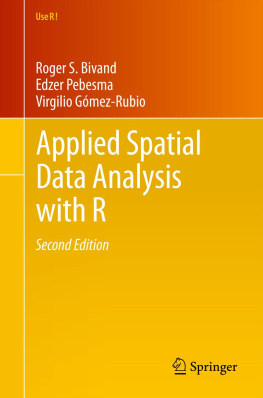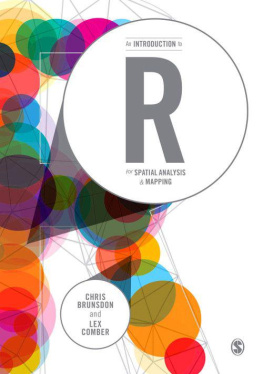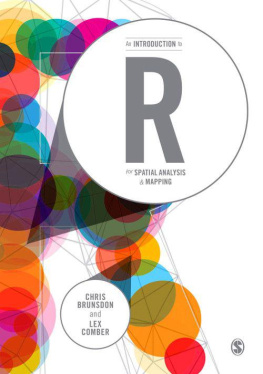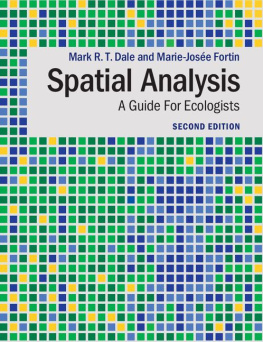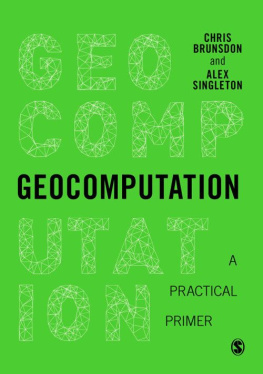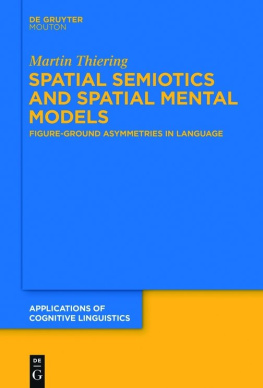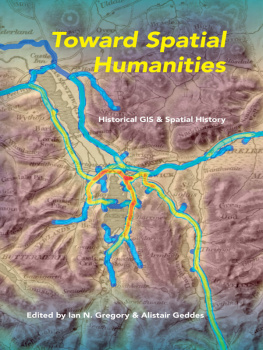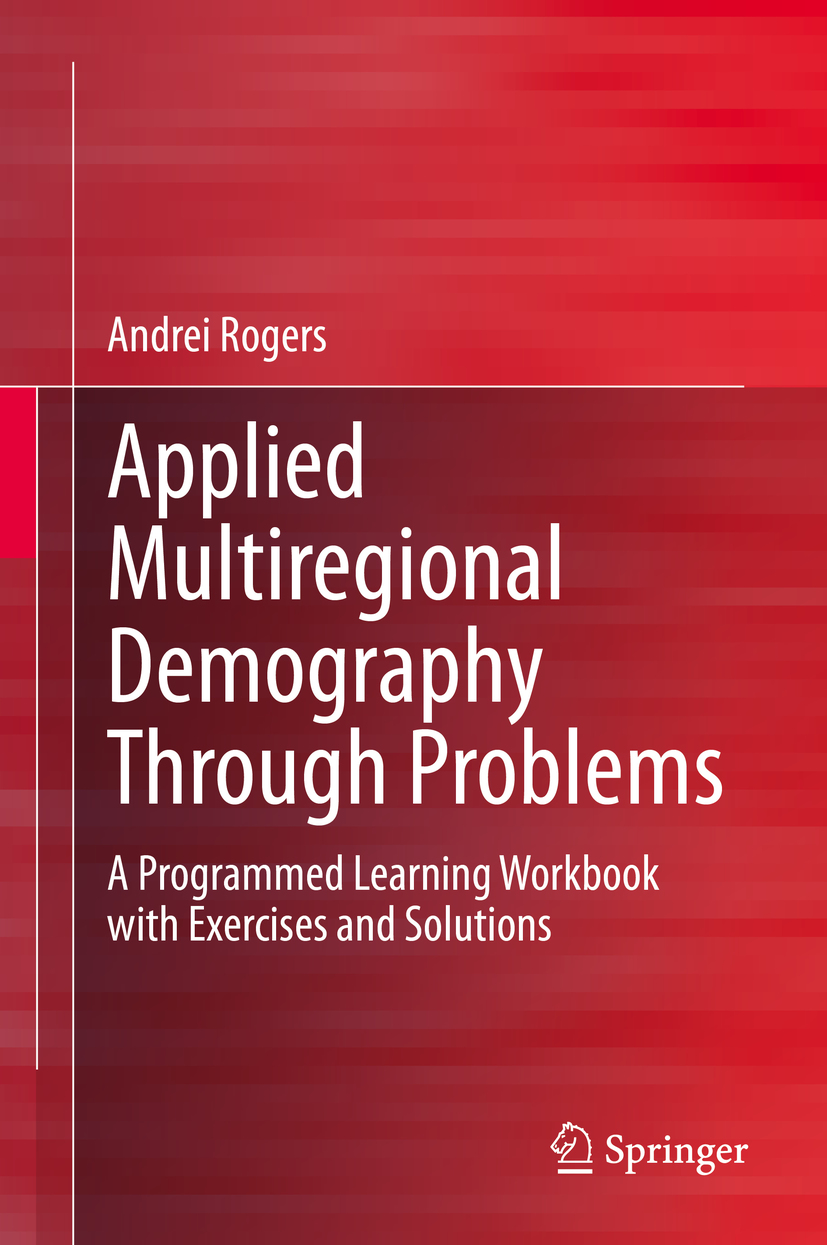Andrei Rogers
Applied Multiregional Demography Through Problems
A Programmed Learning Workbook with Exercises and Solutions
Andrei Rogers
Institute of Behavioral Science, University of Colorado, Boulder, Boulder, CO, USA
ISBN 978-3-030-38214-8 e-ISBN 978-3-030-38215-5
https://doi.org/10.1007/978-3-030-38215-5
Springer Nature Switzerland AG 2020
This work is subject to copyright. All rights are reserved by the Publisher, whether the whole or part of the material is concerned, specifically the rights of translation, reprinting, reuse of illustrations, recitation, broadcasting, reproduction on microfilms or in any other physical way, and transmission or information storage and retrieval, electronic adaptation, computer software, or by similar or dissimilar methodology now known or hereafter developed.
The use of general descriptive names, registered names, trademarks, service marks, etc. in this publication does not imply, even in the absence of a specific statement, that such names are exempt from the relevant protective laws and regulations and therefore free for general use.
The publisher, the authors, and the editors are safe to assume that the advice and information in this book are believed to be true and accurate at the date of publication. Neither the publisher nor the authors or the editors give a warranty, expressed or implied, with respect to the material contained herein or for any errors or omissions that may have been made. The publisher remains neutral with regard to jurisdictional claims in published maps and institutional affiliations.
This Springer imprint is published by the registered company Springer Nature Switzerland AG.
The registered company address is: Gewerbestrasse 11, 6330 Cham, Switzerland
This book is dedicated to my three Top Gun former Ph.D. students: Jacques Ledent, James Raymer, and Frans Willekens. I learned a great deal from our collaboration over the years and am grateful for their friendship.
Preface
After teaching multiregional mathematical demography for over half a century, I have accumulated a large number of homework exercises and empirical illustrations that are my favorites. This book includes most of them and organizes them as a sequence of problems where each is a self-contained puzzle, and the successful solution of each puts the student in a position to tackle the next, is a means of securing the active participation of the learner and so the mastery of a technical subject (Keyfitz and Beekman,, p. v). Problems, solutions, and empirical illustrations are featured in every chapter.
In 2015, I published a book entitledApplied Multiregional Demography. This book is its companion. Although the focus is the same, its content is distinctly different. The 2015 book focused on the use of models to illustrate various population issues. This book offers a programmed learning approach to the subject. Both mirror Keyfitzs two books:Applied Demography(1977) andDemography Through Problems(, p. 56). Mine, however, focus on the multiregional case, in which migration is prominently featured. Each of the chapters in this book begins with a text, moves on to progressively more complicated exercises expressed in problem mode, and ends with their solution.
Programmed learning is a teaching method that sets out the material in a logical sequence. Useful questions found in the demographic literature are presented in a self-contained sequential form necessary for a workbook. Students are introduced into a set of underlying questions posed, and after each set of related steps are given a set of problems to test their comprehension of the material. Solutions are presented after the problems. The time schedule to cover the material is flexible and depends not on the instructor but on the students own progress.
This book proceeds in seven chapters. The degrees of difficulty increase with each chapter. The first two focus first on non-age-dependent uniregional exercises in Chap.) is followed by three chapters on special advanced topics: stable population growth, birthplace-specific multiregional demography, and migration. Boulder, CO, USA Andrei Rogers
References
Keyfitz, N., & Beekman, J. A. (1984).Demography through problems. New York: Springer-Verlag.
Andrei Rogers
Boulder, CO, USA
Acknowledgments
Over the past 50 years of published research, I have coauthored many articles with my graduate students. In particular, I received a great deal of help from first-rate students of different vintages, namely,Jacques Ledent,Frans Willekens, andLuis Castro, who came to me at Northwestern in the early 1970s and then followed me to IIASA in Austria,Jani Littlewho joined me in the mid-1980s during my early years in Boulder, and thenJames Raymer, who began his graduate studies at Boulder in the mid-1990s. Collectively, we coauthored dozens of articles in refereed journals and even published a few books. Not surprisingly, this monograph, reflecting five decades of my research, draws heavily on those coauthored works. I also have had help from a number of other former students of mine, namely,John Watkins,Jennifer Woodward,Alain Belanger,Sabine Henning, andLisa Jordan. A few other graduate students at Colorado also contributed, particularly,Kathy Gard, Cecile Hemez, Robin Wilson, Junwei Liu, and Bryan Jones. To all, my sincerest thanks.
Other important sources of support were the various research grants I received from the National Science Foundation, the National Institute for Child Health and Human Development, and the National Institute on Aging. Finally, I am thankful to have had the support of my Institute Directors both in Austria (IIASA,Roger Levien) and at IBS (Dick Jessor, Jane Menken, and Myron Gutman). Thanks also toRick RogersandLori Hunterwho followed me as Directors of the IBS Population Program and to the support from Center grants awarded to that program.
I wish to thank the various journal and book editors for permission to draw on my articles and books, especiallyJohn Wiley, publisher of my 1995 book (Rogers, 1995), and to the large number of secretaries and staff members for their typing, particularly toSean Shaifubahrimfor typing the entire manuscript with good cheer. Finally, I am grateful toJames RaymerandFrans Willekensfor reading and commenting on Chap..
References
Rogers, A. (1995).Multiregional demography: Principles, methods, and extensions. Chichester, UK: Wiley.
Contents

